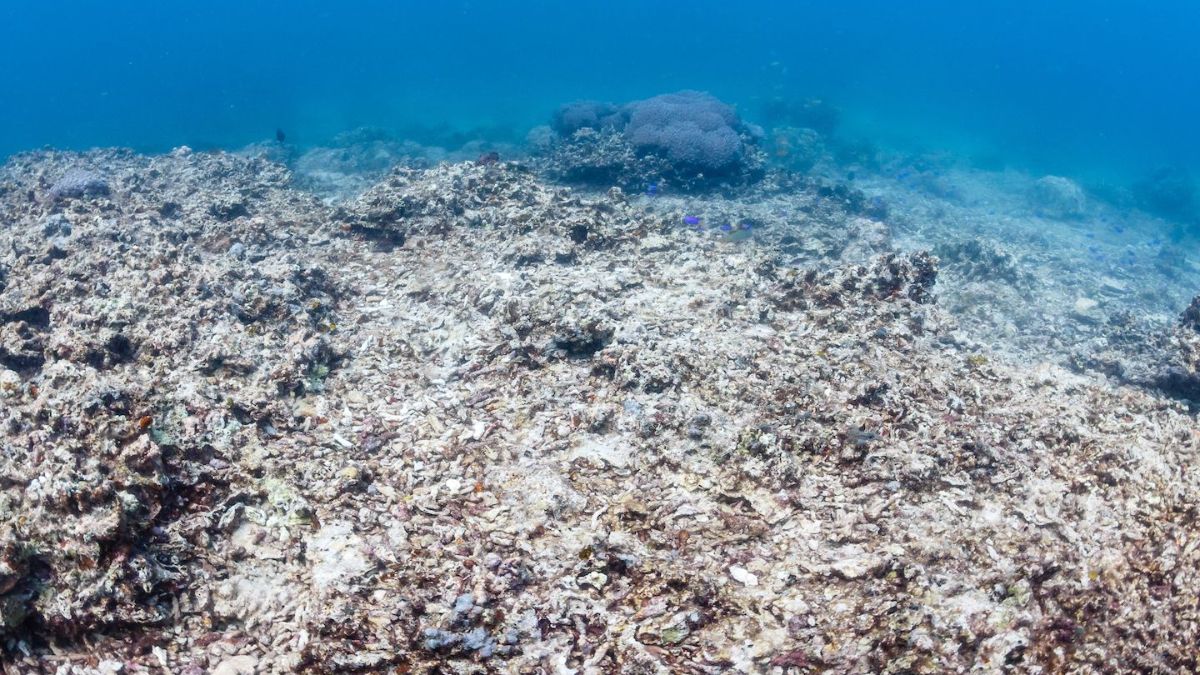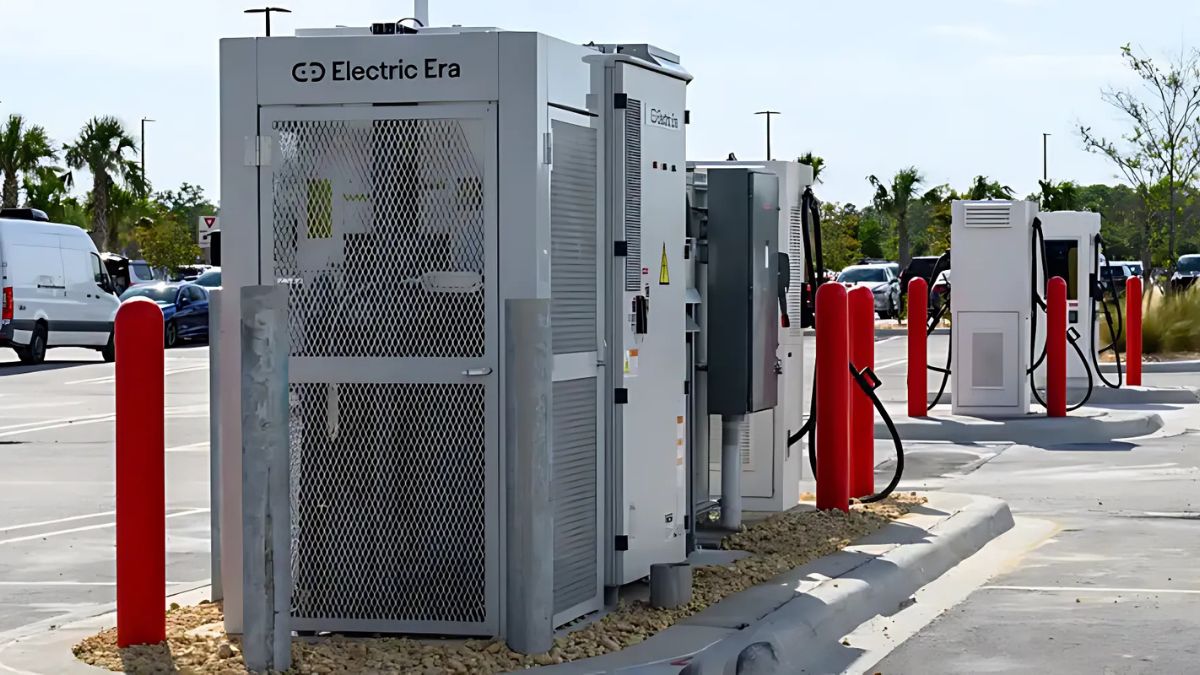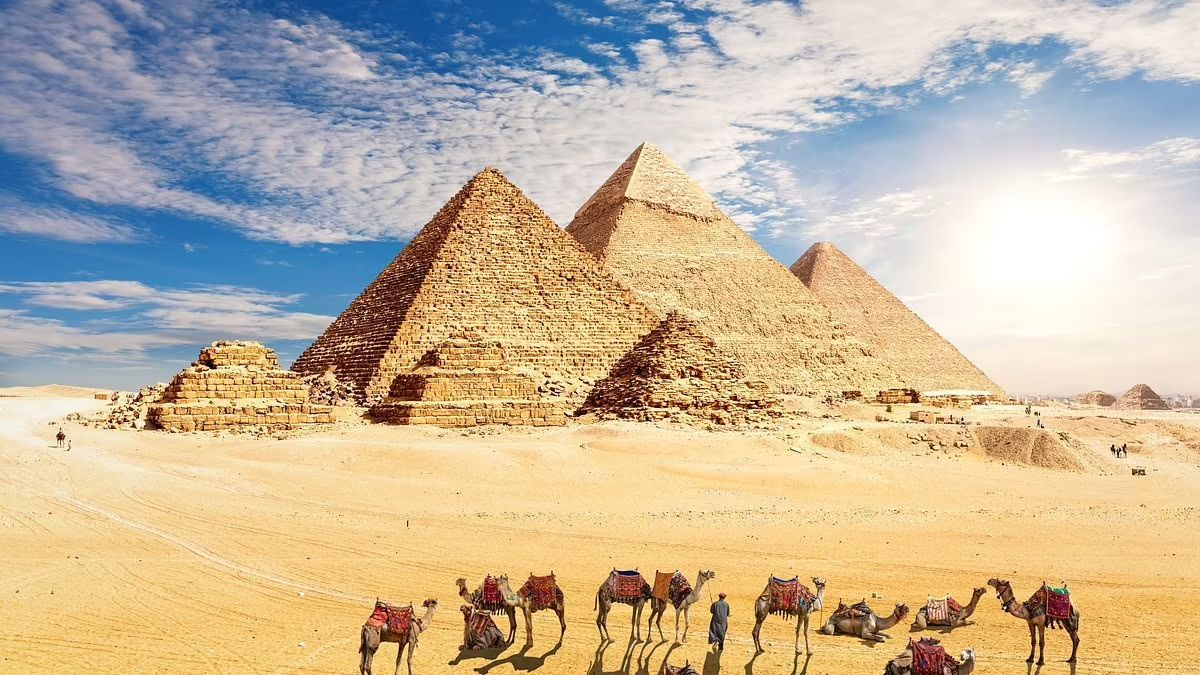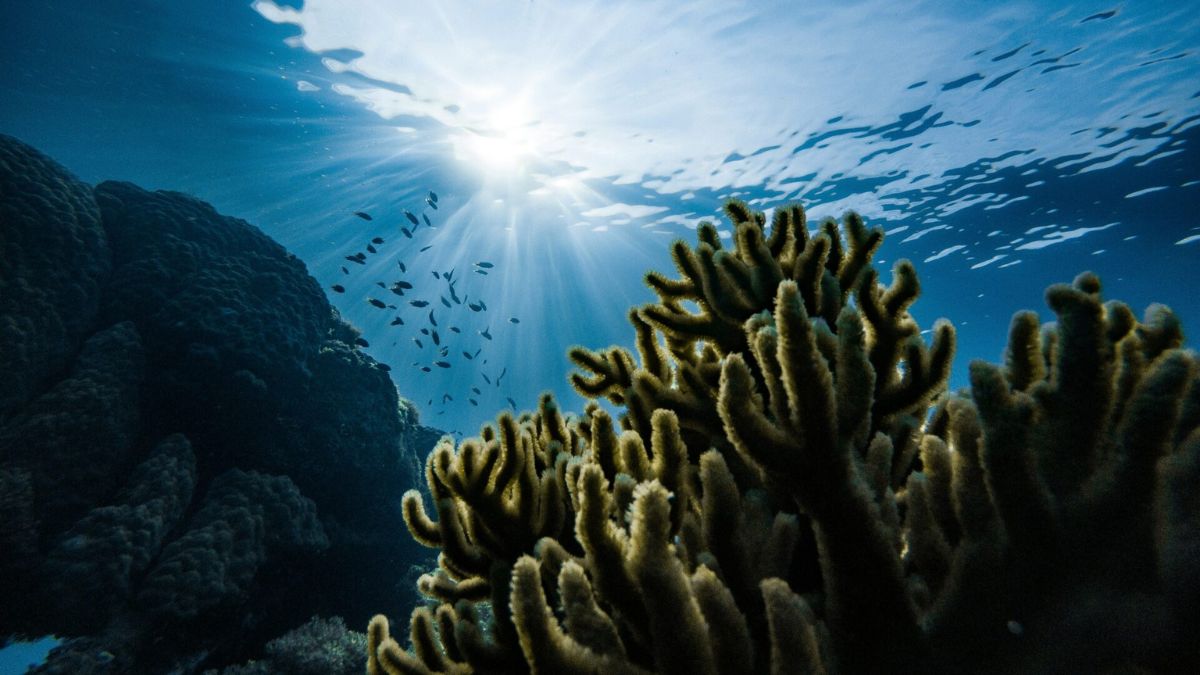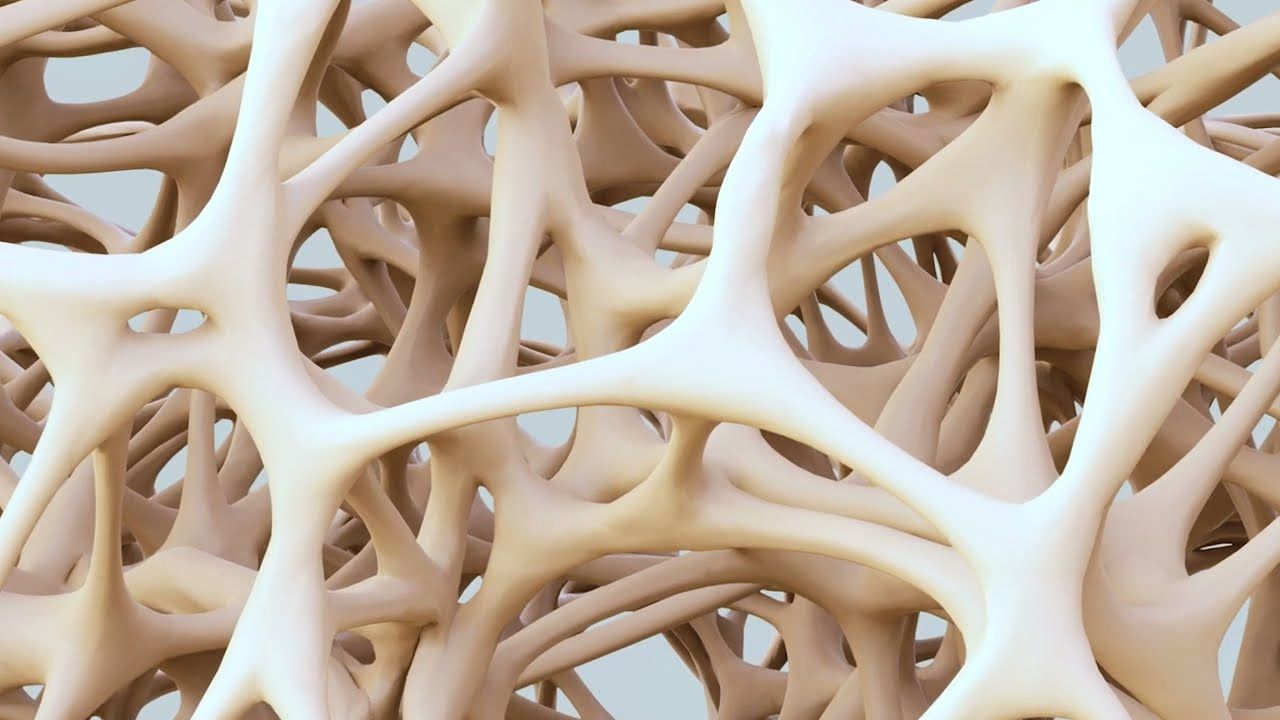Ocean acidification isn’t just some distant threat. It’s already happening—and fast. The world’s oceans are absorbing more and more carbon dioxide from the atmosphere, and that’s changing the chemistry of seawater. This shift isn’t just technical—it’s already harming marine ecosystems, local economies, and the people who rely on them.
Let’s cut into what’s really going on beneath the surface.
Acidification
So, what exactly is ocean acidification? In simple terms, when carbon dioxide (CO₂) from the atmosphere dissolves into the ocean, it reacts with seawater and forms carbonic acid. This lowers the pH of the water, making it more acidic. Now, even a small drop in pH can have massive effects on marine life.
Why? Because many sea creatures—like corals, oysters, mussels, and plankton—depend on a mineral called calcium carbonate to build their shells and skeletons. As acid levels rise, calcium carbonate becomes scarcer, making it harder for these organisms to survive and grow.
And when they suffer, the whole marine food chain suffers. Fish that rely on coral reefs for shelter lose their homes. Other species that feed on plankton lose their food source. It’s a domino effect that puts the entire ocean ecosystem at risk.
Discovery
Scientists aren’t just guessing here. They’ve used a combination of real-world data and computer modeling to study how close we are to a dangerous tipping point. They’ve identified what’s called a “planetary boundary” for ocean acidification.
Basically, if the availability of aragonite (a form of calcium carbonate) drops by 20%, the ocean has crossed a red line. At that point, conditions become too harsh for many marine species to thrive.
But here’s the twist—some scientists argue the situation is even more urgent. They say we shouldn’t wait until we reach a 20% drop. In their view, a 10% decline is already dangerous and could cause irreversible damage.
Regions
So where is this happening the fastest? According to Helen Findlay, an oceanographer at Plymouth Marine Laboratory in the UK, the worst changes are happening near the poles—especially in the Antarctic and Arctic regions.
But it’s not just on the surface. Deep-sea acidification is also becoming a problem. Trouble spots include polar regions, the East Coast of North America, and even parts of the equator. These areas are like early warning systems for the rest of the planet.
Impact
The scary part? You can’t see the acidification just by looking at the ocean. From the shore, everything might look normal. But underneath, the chemistry is shifting in ways that threaten marine life and the humans who depend on it.
Fishermen, coastal communities, and people who rely on ocean tourism are already feeling the effects. Fewer fish, damaged coral reefs, and disrupted ecosystems mean fewer jobs and less food security.
Warning
And here’s where it gets even more serious. Ocean acidification is just one of several “planetary boundaries” that scientists say we should never cross if we want to maintain a stable, livable Earth.
There are 9 of these boundaries. The study shows we’ve already crossed 6. Acidification would be number 7. That means we’re getting dangerously close to a global tipping point. If we cross all 9, the Earth’s systems could become unstable in ways we can’t reverse.
Action
What can be done? Scientists are pushing hard for action before it’s too late. Here are a few key steps:
- Focus efforts on regions that are most at risk.
- Protect ocean areas that are still healthy to prevent further damage.
- Cut greenhouse gas emissions to slow down acidification.
This isn’t just about saving a few fish or coral reefs. It’s about protecting the systems that keep our planet alive. The ocean helps regulate temperature, supports biodiversity, and provides food and income for billions of people.
We might not see the damage immediately, but it’s there—and growing. If we don’t act, we risk losing the balance of life on Earth. The tragedy is real. And even if it doesn’t touch us personally today, it will impact future generations. Let’s not wait until it’s too late.
FAQs
What causes ocean acidification?
CO₂ dissolving in seawater lowers pH levels.
Why is acidification harmful?
It reduces calcium carbonate needed by marine life.
Which areas are most affected?
Polar regions and parts of North America.
What is aragonite?
A form of calcium carbonate used by sea creatures.
How can we stop acidification?
Reduce greenhouse gas emissions quickly.

